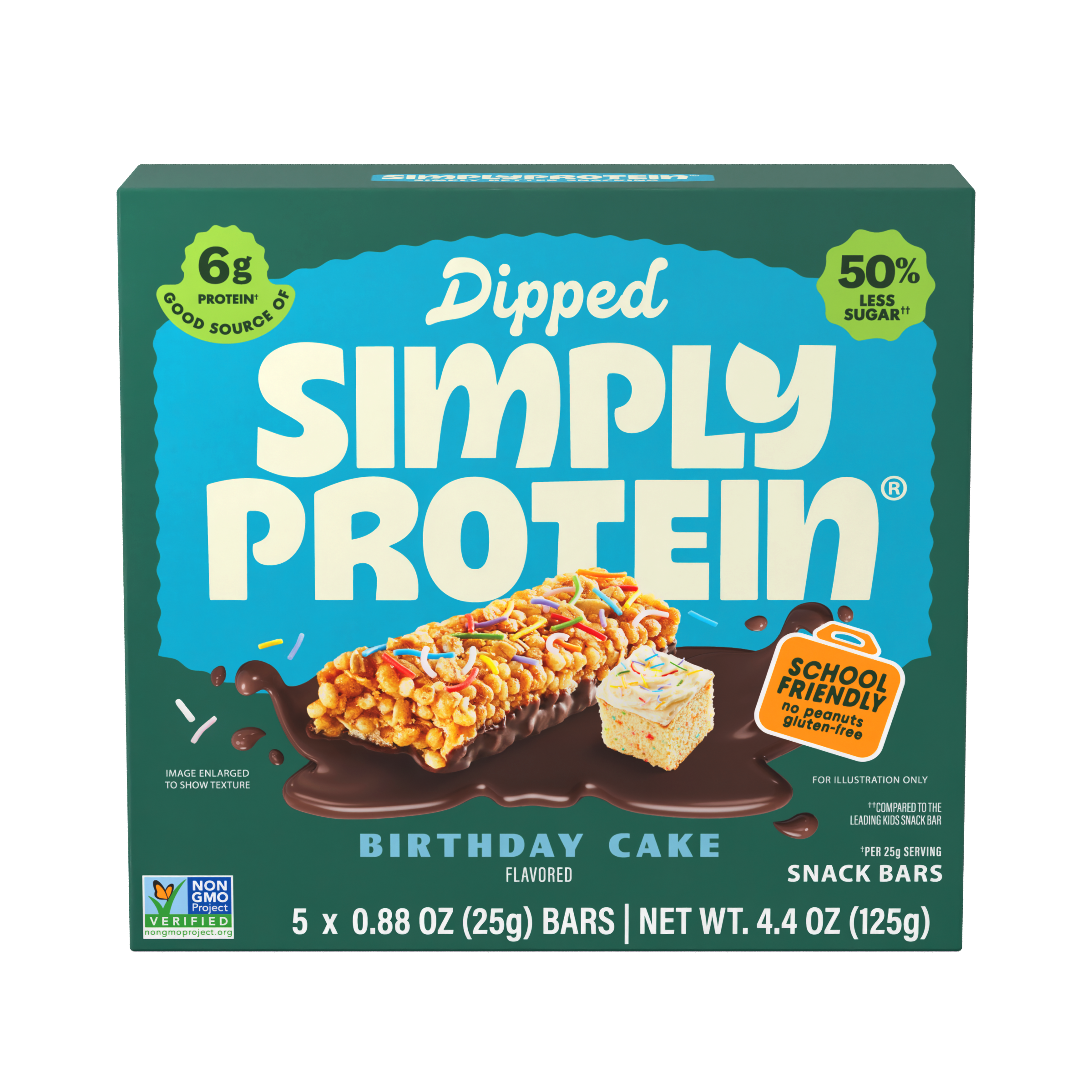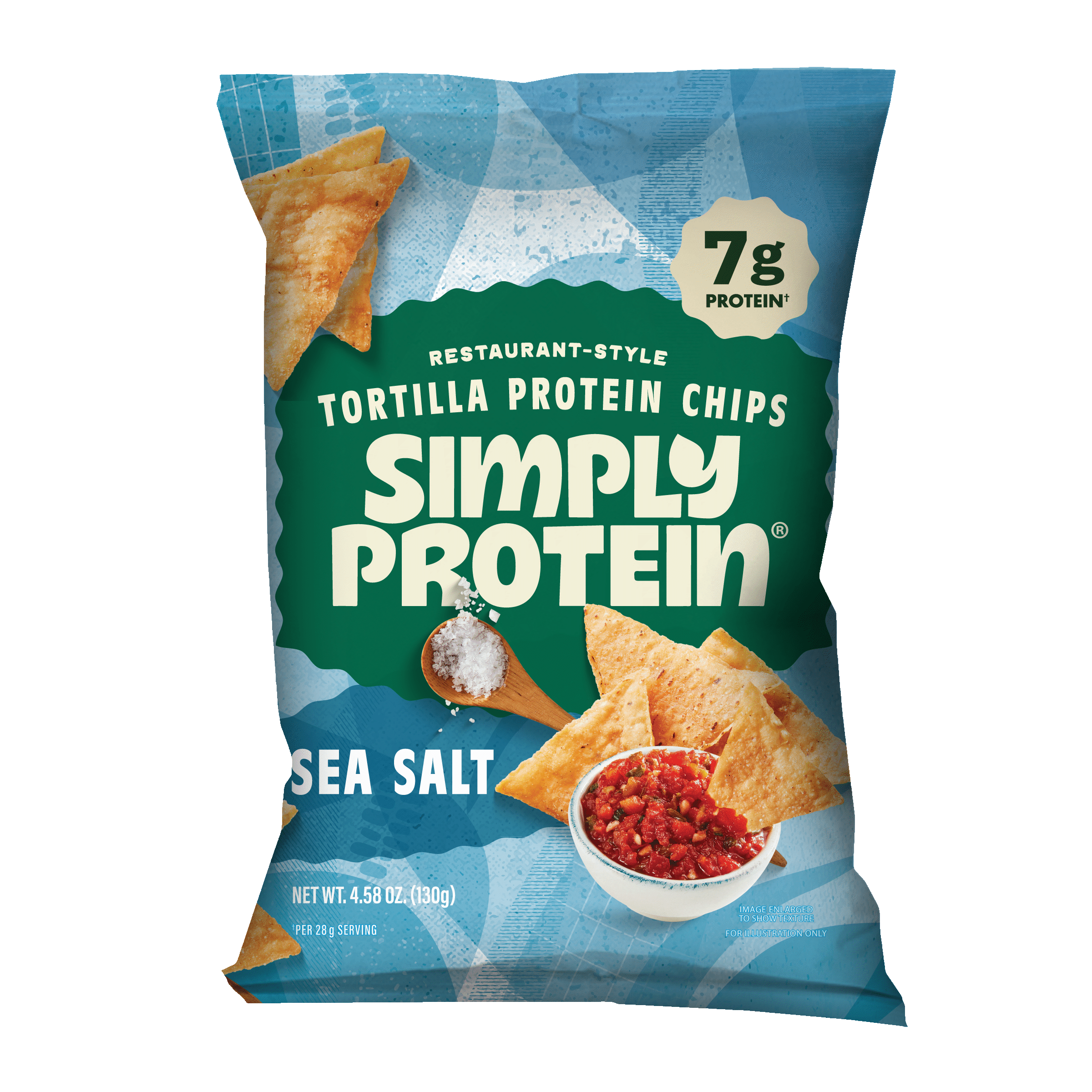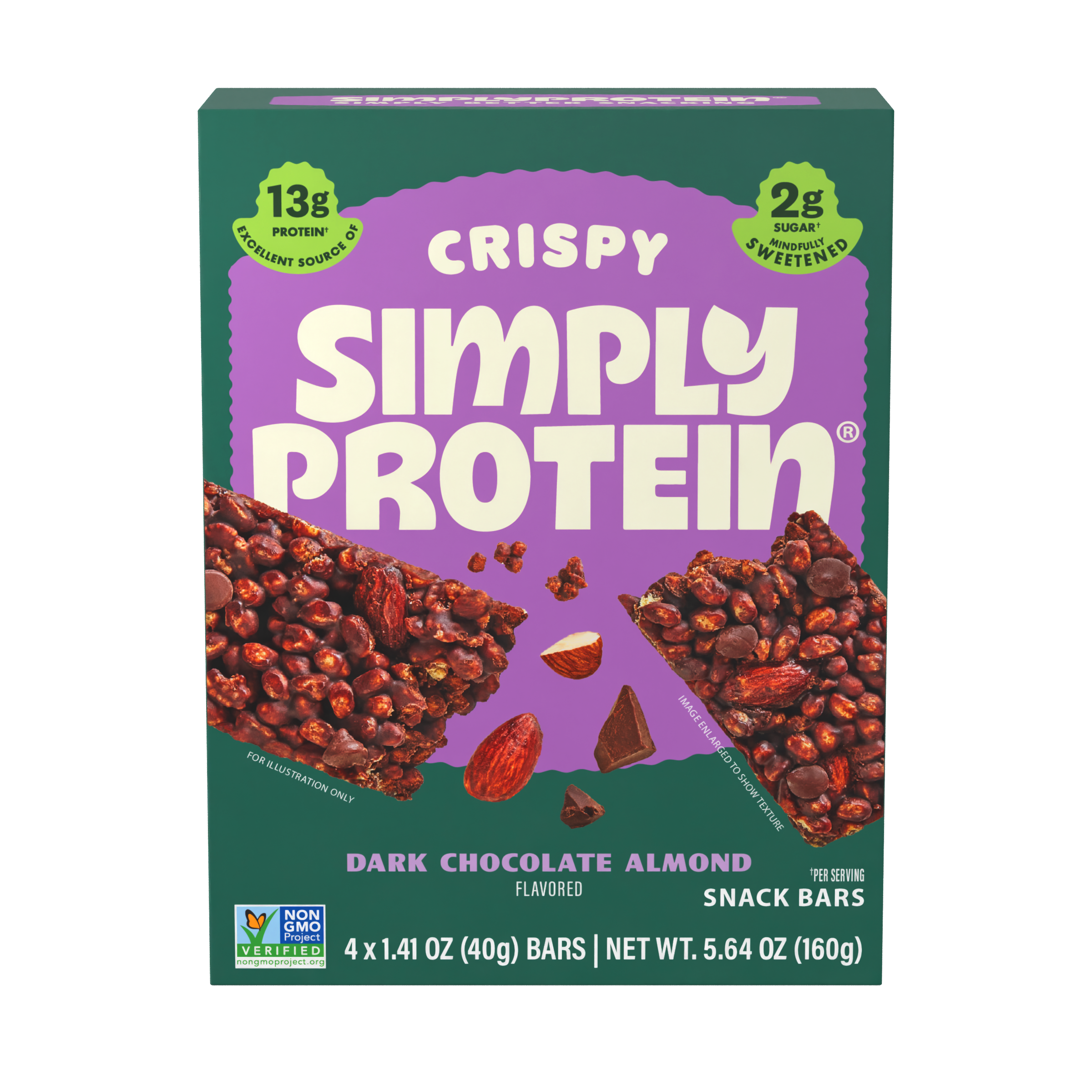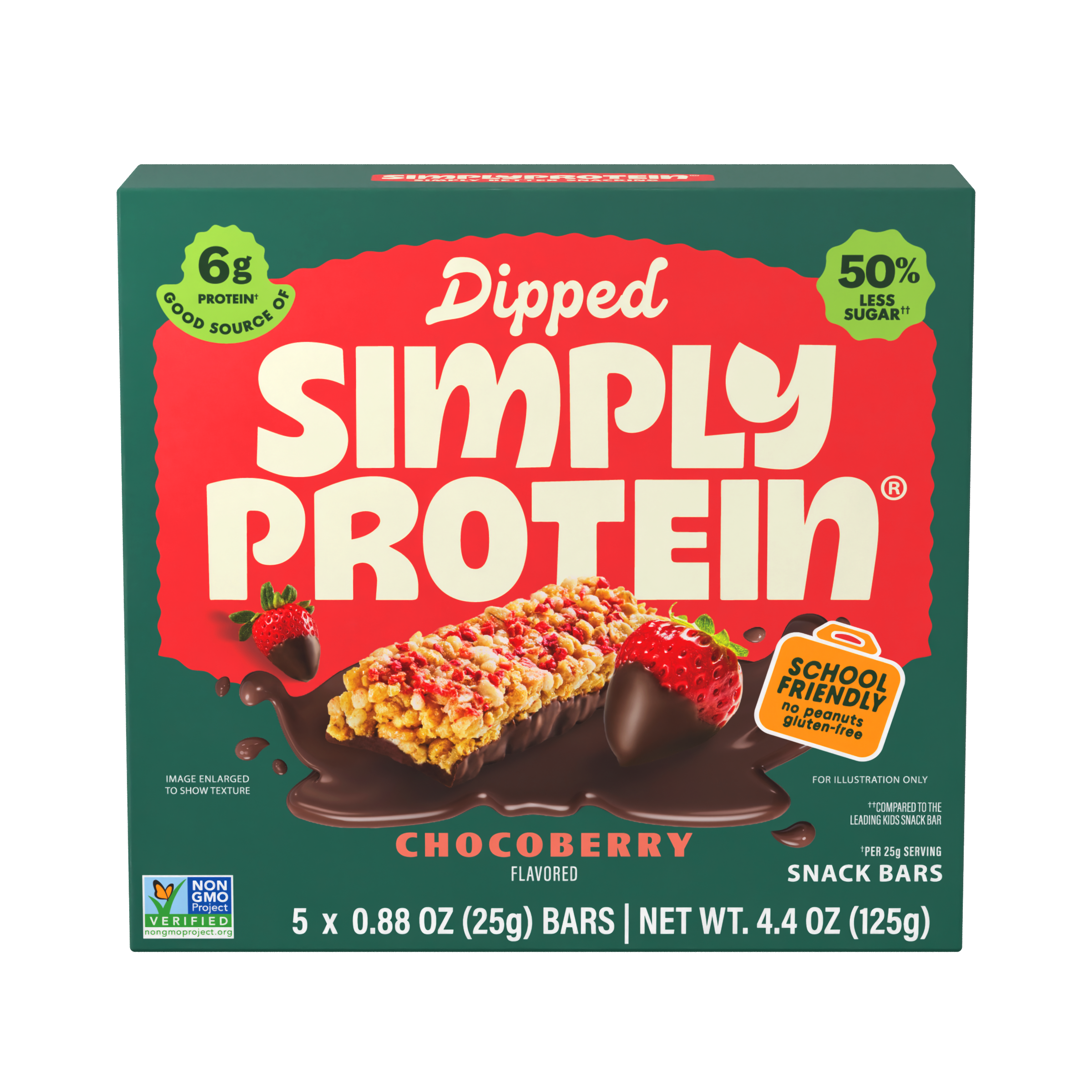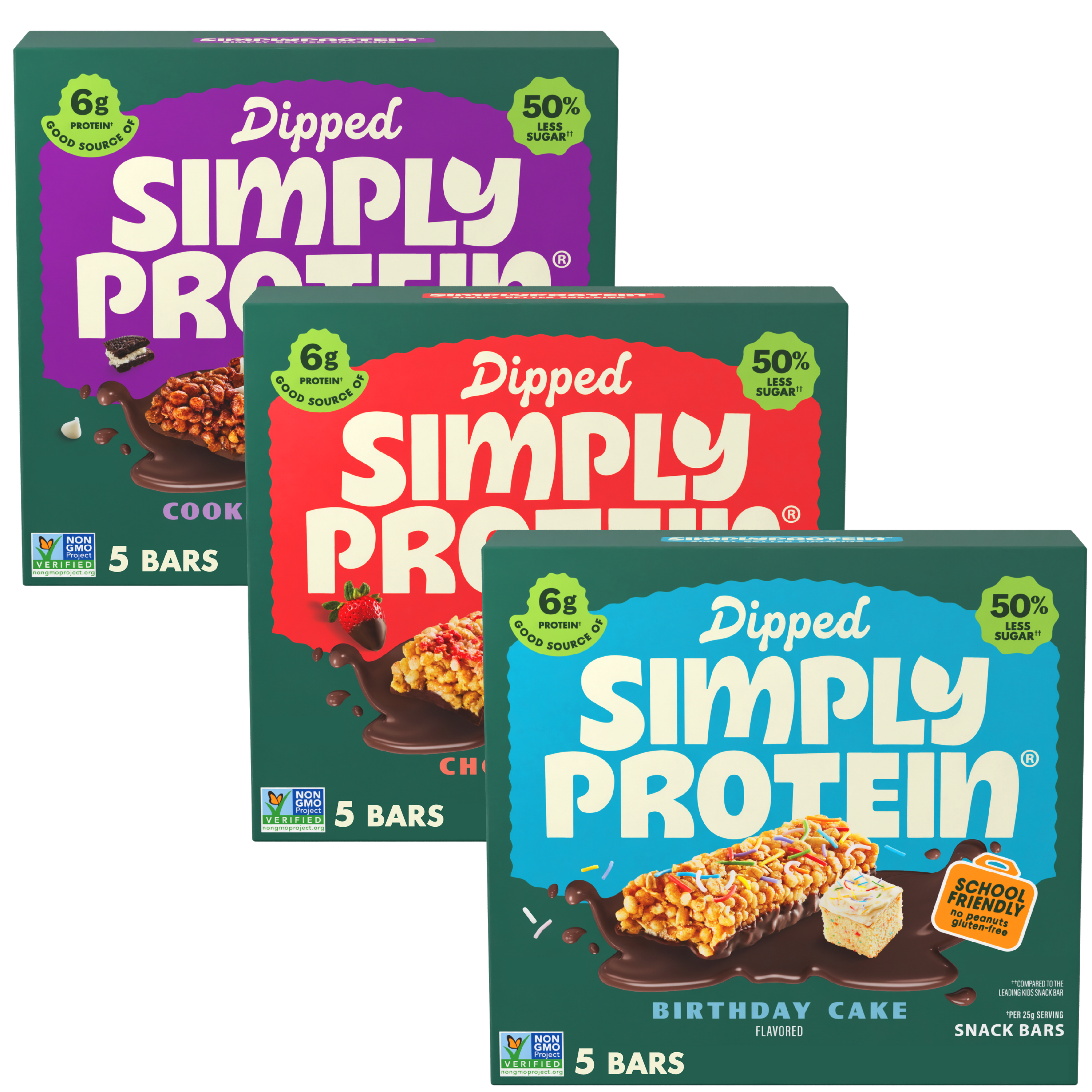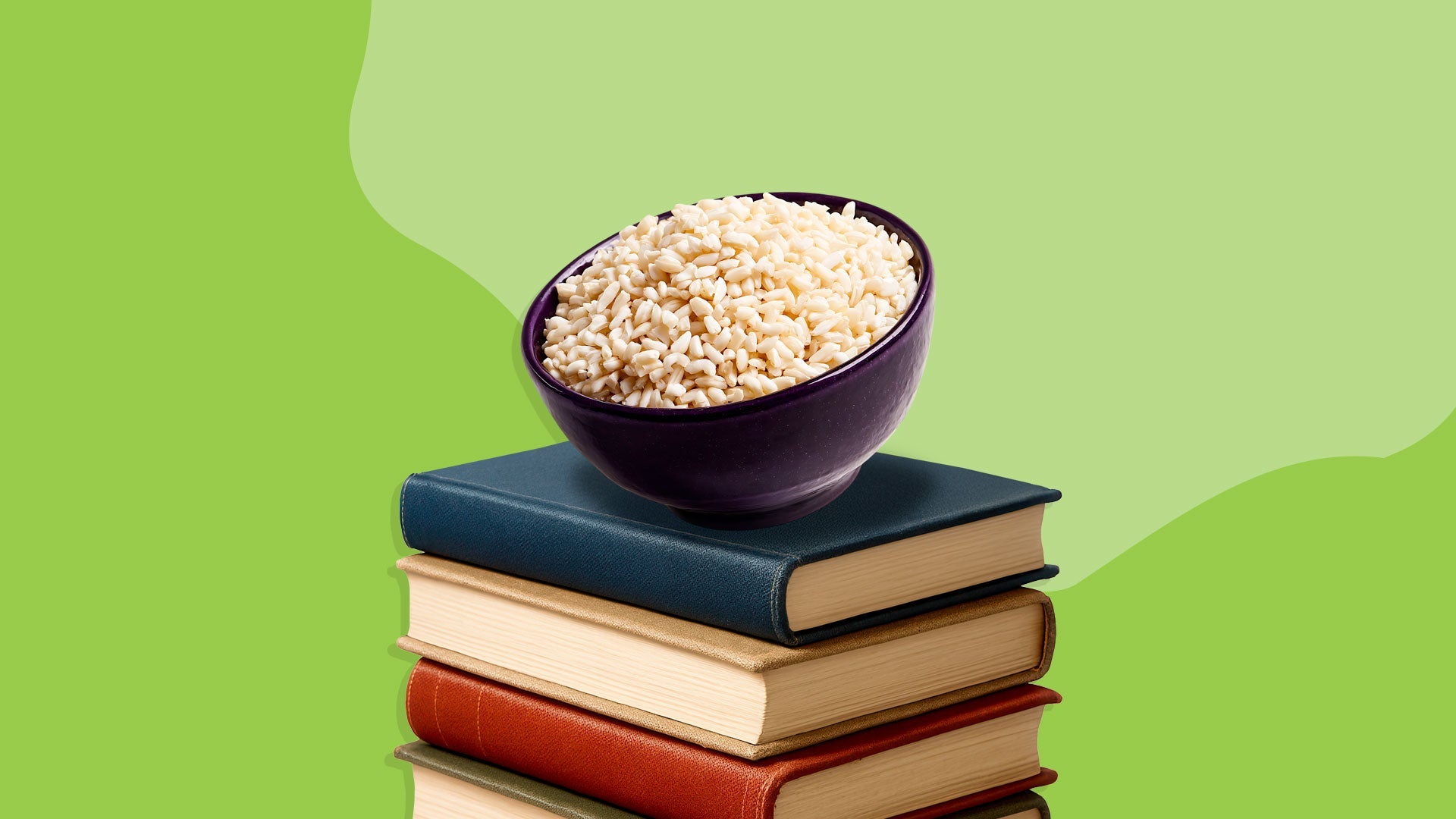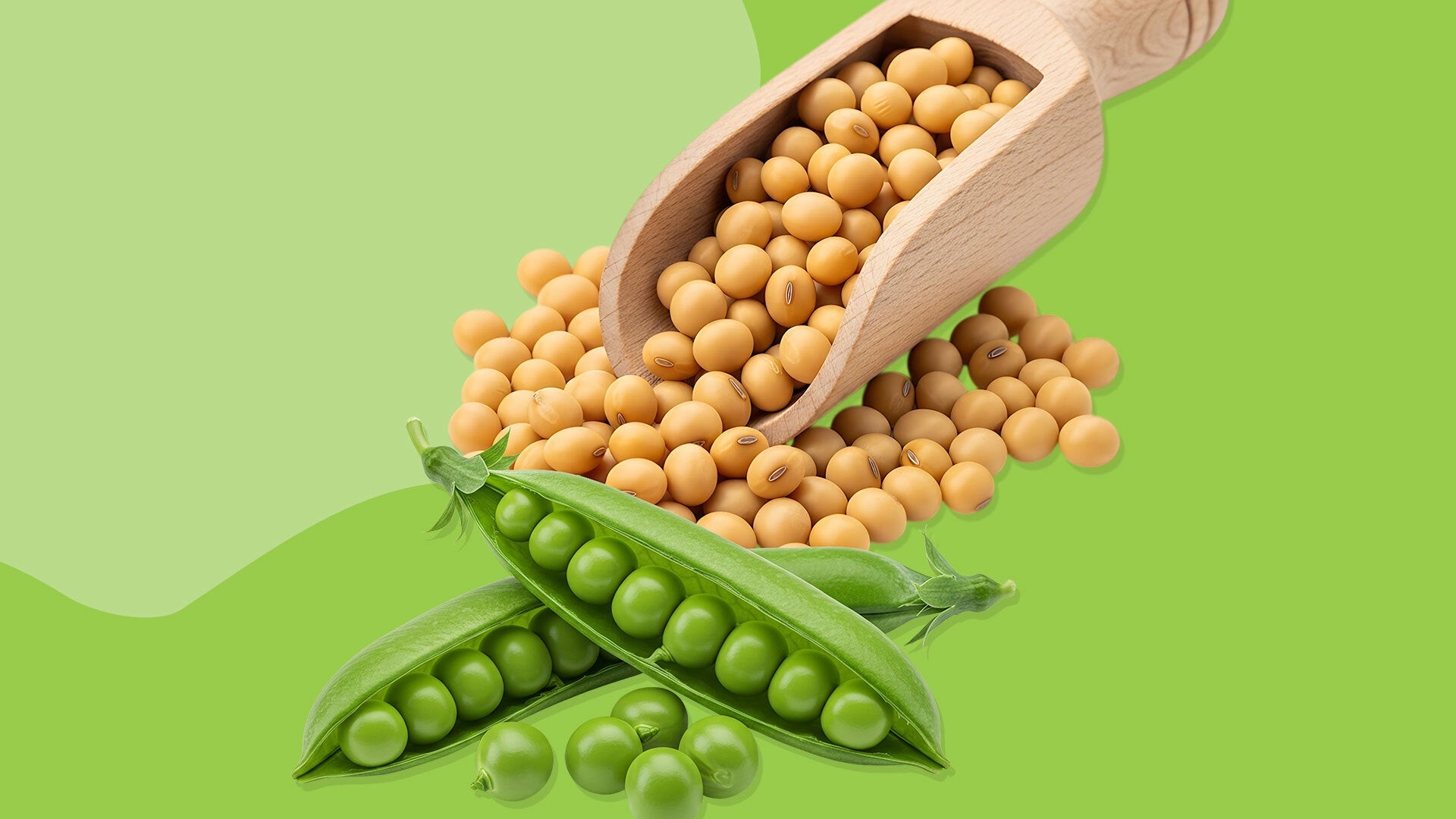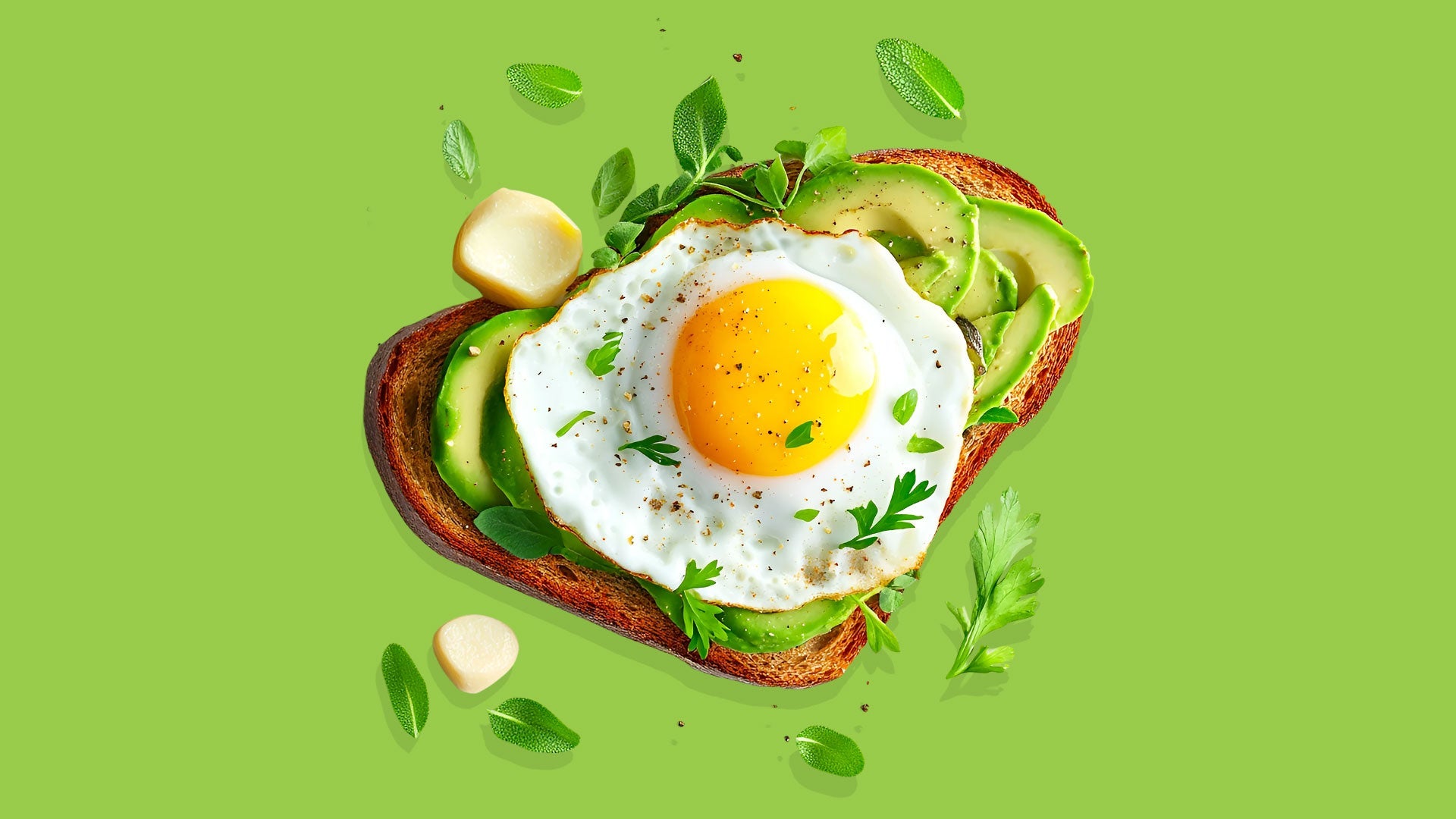
Are My Kids Getting Enough Protein? Here’s How to Pump Up Their Protein Intake
Before we dive in, we’d just like to say, we see you, parents. We know feeding kids is challenging at the best of times, and we’re not here to add any pressure to an already daunting task. But if you were at all curious about how much protein your little peanuts should be eating, we’re here to dish!
Why Do Kids Need to Eat Protein?
Protein is an essential part of a child’s diet. Just like in adults, protein fuels their physical growth, mental development, and overall health.
If you’ve lived through cold and flu season in a daycare, then you know how vital antibodies are! Protein helps in generating antibodies and immune cells to protect little bodies against illnesses and infections.
Protein also helps with tissue and cell regeneration, so when kids are taking tumbles and experiencing minor bumps and bruises, a healthy diet of protein will help their bodies recover quickly.
And even though kids can seem like unlimited sources of energy, eating a meal rich in protein will ensure their energy levels stay steady throughout the day. Children (like adults) are prone to ‘hanger,’ but thoughtful meals and snacking will balance their blood sugar and stave off irritability.
How Much Protein Should Children Eat?
The amount of protein a child should be eating each day is dependent upon their size, but Cleveland Clinic recommends roughly 13 grams a day for babies and toddlers, and up to 46 grams per day for teenagers.
Daily Protein Needs by Age Group
- Babies and toddlers: 13 grams
- Children: 19 grams
- Pre-teens: 34 grams
- Teenagers: 46–52 grams
Of course, every child’s tastes and needs are different. Kids who are more active in sports and activities might consume more, and that’s A-OK! Meanwhile, picky eaters can make mealtime particularly challenging, and parents will take any piece of food eaten as a win, protein or not.
It can help to have a wide variety of proteins to rotate through each day, and many parents forget just how many great and tasty sources of protein are out there for kids.
File this little list away for a quick reminder when you’re in a protein pinch:
- Animal-based proteins: Chicken, beef, pork, turkey, fish, eggs, milk, yogurt, and cheese.
- Plant-based proteins: Beans, lentils, tofu, quinoa, nuts, seeds, and whole grains.
How Do I Know If My Kids Are Getting Enough Protein?
To understand if your children are getting enough protein, you need to understand what protein deficiencies look like. The amazing thing about protein is how quickly it can benefit our bodies, but the flip side is that a lack of protein will present itself just as fast.
Some of the easier-to-spot symptoms of a protein deficiency include low energy and fatigue, frequent illness, mood swings and irritability, weak nails and hair, and unhealthy food cravings due to a lack of satiety.
More seriously, a prolonged lack of protein can result in a loss of muscle mass, stunted growth, and slow-healing wounds.
If you notice any of these changes in your child’s health, call your pediatrician. A simple blood test will be able to check for low protein.
Creative Ideas to Boost Protein in Kids’ Diets
We know how tough feeding kids can be, and oftentimes we fall into a rut, serving the same meals over and over again because it’s all they’ll seemingly eat. That being said, a little creativity goes a long way to excite kids into trying new things, so we’ve gathered a few ideas to help you bring more protein into every meal (snacks included!).
Breakfast
Eggs and bacon may be a breakfast classic, but if you’re looking to flip breakfast on its head, try protein pancakes or waffles piled high with berries, cottage cheese with granola and fruit, or a comforting bowl of oatmeal with their favorite nut butter swirled through and berries sprinkled on top. Starting the day with protein will ensure kids have the fuel they need to make it through the morning, especially if they were up at the crack of dawn!
Lunch
There’s no word like “lunch” to send a chill down the spines of parents every morning. Packing it may be a frantic panic at 8 a.m., but emptying a nearly full lunch at the end of the day is just as disheartening. Try these creative lunch ideas, packed with protein, to win the lunch wars.
It’s all about presentation: sandwiches become mini skewers, with chunks of turkey or chicken, cheese, and cherry tomatoes and cucumbers speared through. Pinwheels are fun too, with hummus spread on a tortilla, layered with turkey, cheese, and spinach rolled up and sliced.
Dinner
Make dinner an activity and get kids involved in preparing their meal (it’s one of the best ways to convince them to actually eat what’s in front of them). DIY sushi rolls with rice and salmon are a great way to introduce a new protein to the mix, and kids will love rolling their own dinner. Forming meatballs by hand is always fun too. And zoodle spaghetti (made with zucchini noodles) topped with a lean protein meat sauce is a creative take on a family classic.
Snacks
Snacks may not spring to mind when you’re thinking of upping your child’s protein, but it’s actually just as important to prioritize protein during snack time as it is for bigger meals.
You’ll be hard-pressed to find a child who’d turn down chips! SimplyProtein Tortilla Chips make a great snack with hummus or guacamole and a side of veggie sticks.
But if you really want to make their day, nothing beats a SimplyProtein Dipped Bar. These kid-friendly peanut-free snacks come in irresistible flavors like Cookies and Crème and Strawberry Chocolate, and pack 7g of energizing protein into every bar (and only 4g of sugar). Keep your eyes peeled for their latest flavor, Birthday Cake, hitting shelves soon.
With these creative ideas, you’ll hopefully become a pro at serving protein (wink, wink) and erase any worries about whether your children are getting enough protein in their daily diet.
